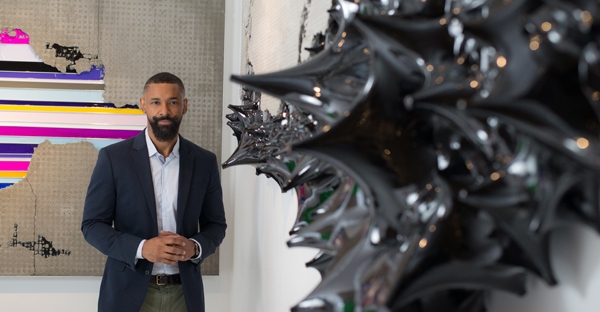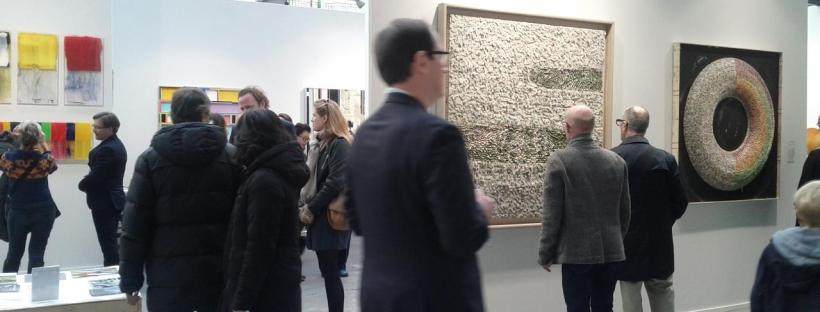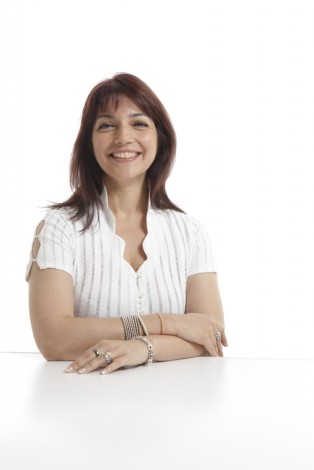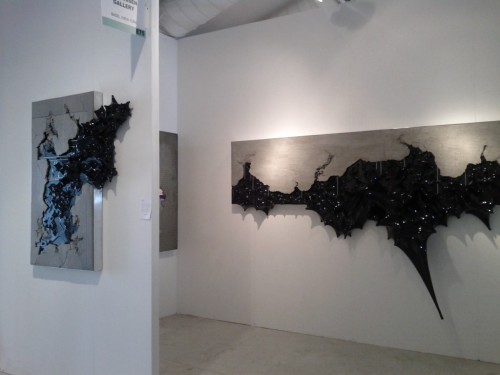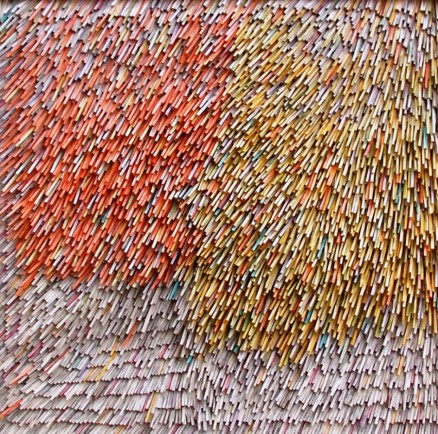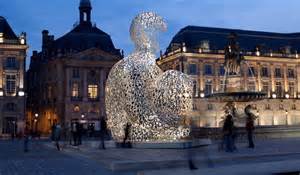Nature and Brutalism influence the tactile works of Troy Simmons, who appropriates tools and materials commonly used in construction projects. His mixed-media pieces are subjected to deconstructive processes in the artist’s attempt to grapple with the relationship between uninhibited nature and urban order. Simmons will be exhibiting next at Art Paris with JanKossen Contemporary.
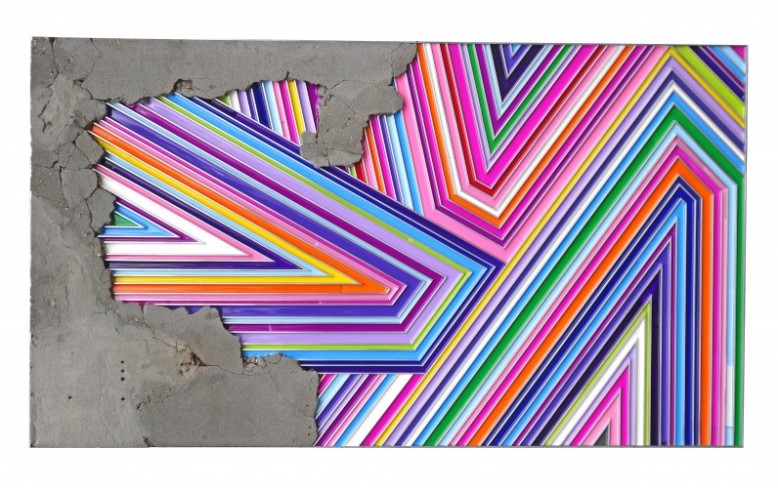
When did you know you wanted to be an artist?
Childhood explorations, through the woods of East Texas, exposed me to the unique characteristics of a plant called Berchemia Scandens. It wraps itself around nearby objects, while trying to reach sunlight, strangling its host to the point of destruction. The plant is usually chopped and destroyed to control its widespread growth. After bringing a few cut pieces back to my home in Houston, my mind was filled with thoughts of this plant growing free and uncontrolled in an urban environment. The juxtaposition of concrete, metal, and wood, harmonizing while competing for space, pushed me to become an artist.
Do you have a motto for yourself or your artistic process?
I’m not sure if I’d considered this my motto, but a hammer is my paintbrush and Home Depot is my art supply store. To be more specific, I repurpose construction products to execute my ideas.
I work with a wide variety of materials and tools: chisels, lasers, levels, upholstery tools, auto paint, acrylics, resin, and aluminum, to name a few. I enjoy learning and experimenting with different materials, stretching the limits of their intended use.
Describe your creative process. What kinds of patterns, routines, or rituals do you have?
I approach each piece like a construction project. I create sketches, 3D renderings, and detail drawings before physically starting a piece. The framing and structural parts of my work have to be precisely engineered. After laying the concrete, I begin the process of deconstruction. Sometimes, I’ll drop the piece, allowing the characteristics of concrete to freely take over. I then use hammers, chisels, and drills to sculpt the concrete into the desired form. I’m a night dweller, so most of my ideas usually come while most are sleeping. Midnight is the peak of my creative day, constructing frames and mixing concrete. I usually listen to a musician by the name of Pantha Du Prince while I work.

Troy Simmons

Troy Simmons Cement, Aluminum, Acrylic 54 x 44 x 3.5 inches

Troy Simmons Cement, Acrylic, Aluminum 36x36x3 Inches
Do you ever experience artist’s block? What do you do to overcome it?
Fortunately, I have not truly experienced artist’s block so far. Most of my pieces take from two to six months to complete. So, I usually have more of a problem deciding which ideas I want to bring to life. To overcome this, I try to create pieces that fit a specific space or location I’ve seen or visited in the past.
If you could own any artwork, what would it be and why?
If space was no issue, I would love to own the Yugoslav World War II monument located in Tjentiste, Bosnia. I love the precise, yet free-formed characteristics of the piece.
If you could have dinner with any three artists, living or dead, who would you choose?
I’m most influenced by architects (artists) from the Brutalism movement of the 1950s and 1960s. I spent time exploring southern Germany and toured a church called Feldbergkirche (Feldberg Church) by architect Rainer Disse. That was my first experience with postwar modern Brutalism. I was intrigued by the large geometric shapes, created entirely with board-formed concrete. The hard, straight lines of the structure, surrounded by the Black Forest seemed paradoxical but harmonious. I’d also love to sit down with Charles-Édouard Jeanneret,Richard Neutra, and the Croatian sculptor Vojin Bakić.
If you weren’t an artist, what do you think you would be doing?
Although nature was the driving force behind my art, it also guided me into the environmental science field. I worked as a lab technician for a water treatment company for three years before giving in to a more creative line of work. Not truly understanding the art world or what it had to offer, I pursued a degree in architecture. I worked as an architectural designer for a residential design/build firm in Oklahoma City until the economy crashed in 2008. These fields of work were just catalysts to help feed my creativity, so it’s hard to imagine my life without art.
How do you decide what to title your works?
Most of my titles are drawn from the inspiration behind the piece. My surroundings and experiences influence the naming of each piece. Everything from a weed growing through a crack in the sidewalk to the people in the isles of the local grocery store, all play a part in the inspiration and title of my work.
Troy Simmons basa sus obras en Naturaleza y brutalismo. Para ello se apropia de herramientas y materiales de uso común en los proyectos de construcción. Sus piezas de técnica mixta son sometidas a procesos deconstructivas en el intento del artista que lidiar con la relación entre la naturaleza desinhibida y orden urbano. Simmons estará presente junto a Art París con JanKossen Contemporáneo.
Tras la entrevista realizada por Artnet hemos podido conocer más en profundidad al artista.
¿Cuándo supiste que querías ser un artista?
Exploraciones de la niñez, a través de los bosques del este de Texas, me expusieron a las características únicas de una planta llamada Berchemia Scandens. Se envuelve alrededor de los objetos cercanos, mientras trataba de llegar a la luz del sol, que estrangula su huésped hasta el punto de la destrucción. La planta está generalmente picado y destruyó para controlar su crecimiento generalizado. Después de traer un par de piezas cortadas de vuelta a mi casa en Houston, mi mente estaba llena de pensamientos de esta planta que crece libre y sin control en un entorno urbano. La yuxtaposición de hormigón, metal y madera, armonizando mientras compiten por el espacio, me empujó a convertirse en un artista.
¿Tienes un lema para usted o su proceso artístico?
No estoy seguro de si me hubiera considerado esta mi lema, sino un martillo es mi pincel y Home Depot es mi tienda de arte. Para ser más específicos, que reutilizar los productos de construcción para la ejecución de mis ideas.
Yo trabajo con una amplia variedad de materiales y herramientas: cinceles, rayos láser, niveles, herramientas de tapicería, pintura de automóviles, acrílicos, resina y aluminio, por nombrar algunos. Disfruto aprendiendo y experimentando con diferentes materiales, que se extiende de los límites de su uso previsto.
Describa su proceso creativo. ¿Qué tipo de patrones, rutinas o rituales tienes?
Me acerco a cada pieza como un proyecto de construcción. Puedo crear bocetos, renders 3D y planos de detalle antes de comenzar físicamente una pieza. El encuadre y partes estructurales de mi trabajo tiene que ser diseñado con precisión. Después de poner el concreto, empiezo el proceso de deconstrucción. A veces, voy a soltar la pieza, permitiendo que las características del hormigón para tomar libremente sobre. Luego utilizo martillos, cinceles y taladros para esculpir el hormigón en la forma deseada. Soy un habitante de la noche, así que la mayoría de mis ideas suelen venir mientras que la mayoría están durmiendo. Medianoche es el pico de mi día creativo, la construcción de marcos y mezcla de concreto. Yo suelo escuchar a un músico con el nombre de Pantha Du Prince mientras trabajo.
¿Alguna vez se experimenta bloque del artista? ¿Qué hacer para superarlo?
Afortunadamente, no he experimentado verdaderamente bloque del artista hasta el momento. La mayoría de mis piezas toman de dos a seis meses. Así que, por lo general tienen más de un problema de decidir qué ideas Quiero traer a la vida. Para superar esto, trato de crear piezas que encajan un espacio o lugar que he visto o visitado en el pasado específico.
¿Si pudieras poseer cualquier obra de arte, ¿cuál sería y por qué?
Si el espacio no fue ningún problema, me encantaría poseer el Yugoslava monumento de la Segunda Guerra Mundial se encuentra en Tjentište, Bosnia. Me encantan las características precisas, sin embargo gratuitas formado de la pieza.
¿Si pudieras cenar con cualquiera de los tres artistas, vivos o muertos, a quién elegirías?
Estoy más influenciado por los arquitectos (artistas) del movimiento brutalismo de los años 1950 y 1960. Pasé tiempo a explorar el sur de Alemania y recorrí una iglesia llamada Feldbergkirche (Iglesia Feldberg) por el arquitecto Rainer Disse. Esa fue mi primera experiencia con brutalismo moderna de posguerra. Yo estaba intrigado por las grandes formas geométricas, creados enteramente con hormigón tablero-formado. Las líneas duras, rectas de la estructura, rodeada por el Bosque Negro parecía paradójico, pero armonioso. También me encantaría sentarme con Charles-Édouard Jeanneret, Richard Neutra, y el escultor croata Vojin Bakić.
Si no fueras un artista, ¿qué crees que estarías haciendo?
Aunque la naturaleza fue la fuerza impulsora detrás de mi arte, sino que también me guió en el campo de las ciencias ambientales. He trabajado como técnico de laboratorio para una empresa de tratamiento de agua durante tres años antes de ceder a una línea más creativa de la obra. No realmente entender el mundo del arte o lo que tenía que ofrecer, seguí una licenciatura en arquitectura. Trabajé como diseñador arquitectónico para una empresa de diseño / construcción residencial en la ciudad de Oklahoma hasta que la economía se estrelló en 2008. Estos campos de trabajo eran sólo catalizadores para ayudar a alimentar a mi creatividad, por lo que es difícil de imaginar mi vida sin el arte.
¿Cómo se decide qué título de tus obras?
La mayoría de mis títulos se han extraído de la inspiración detrás de la pieza. Mi entorno y experiencias influyen en la nomenclatura de cada pieza. Todo, desde una mala hierba que crece a través de una grieta en la acera a las personas en las islas de la tienda de comestibles, todos juegan un papel en la inspiración y el título de mi trabajo.

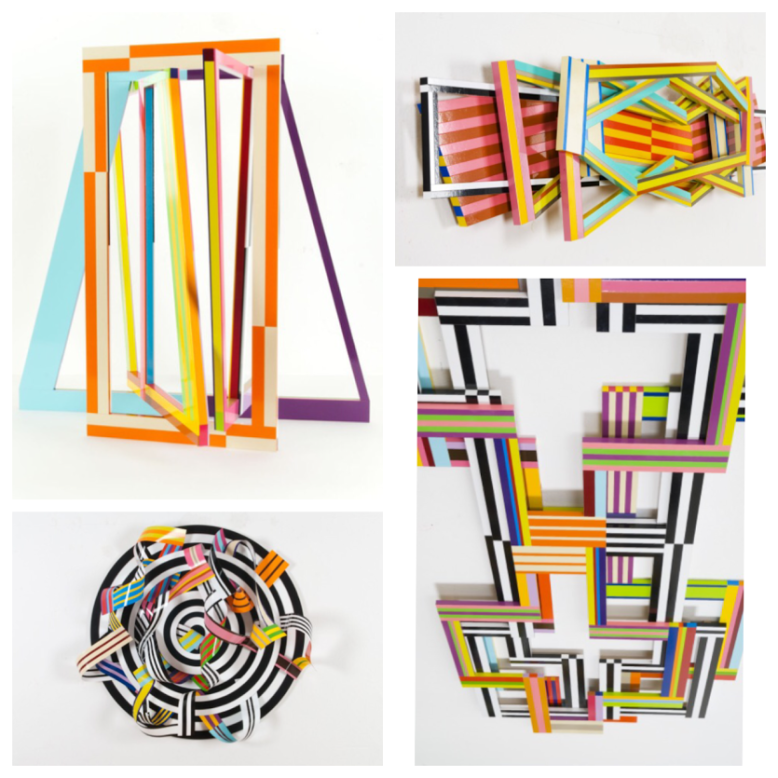

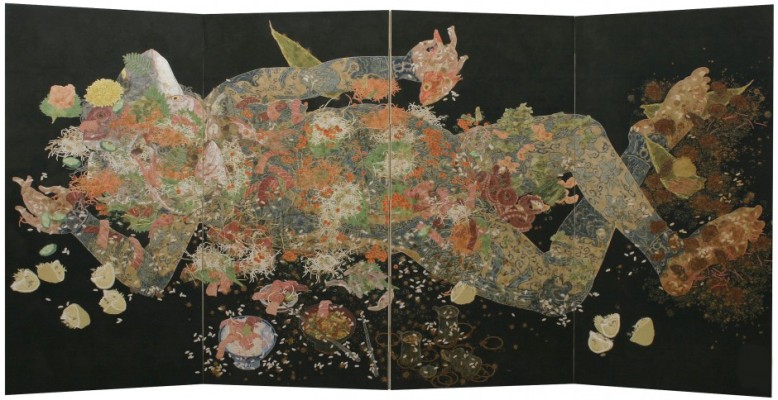 A master of traditional of Japanese painting,
A master of traditional of Japanese painting, 


